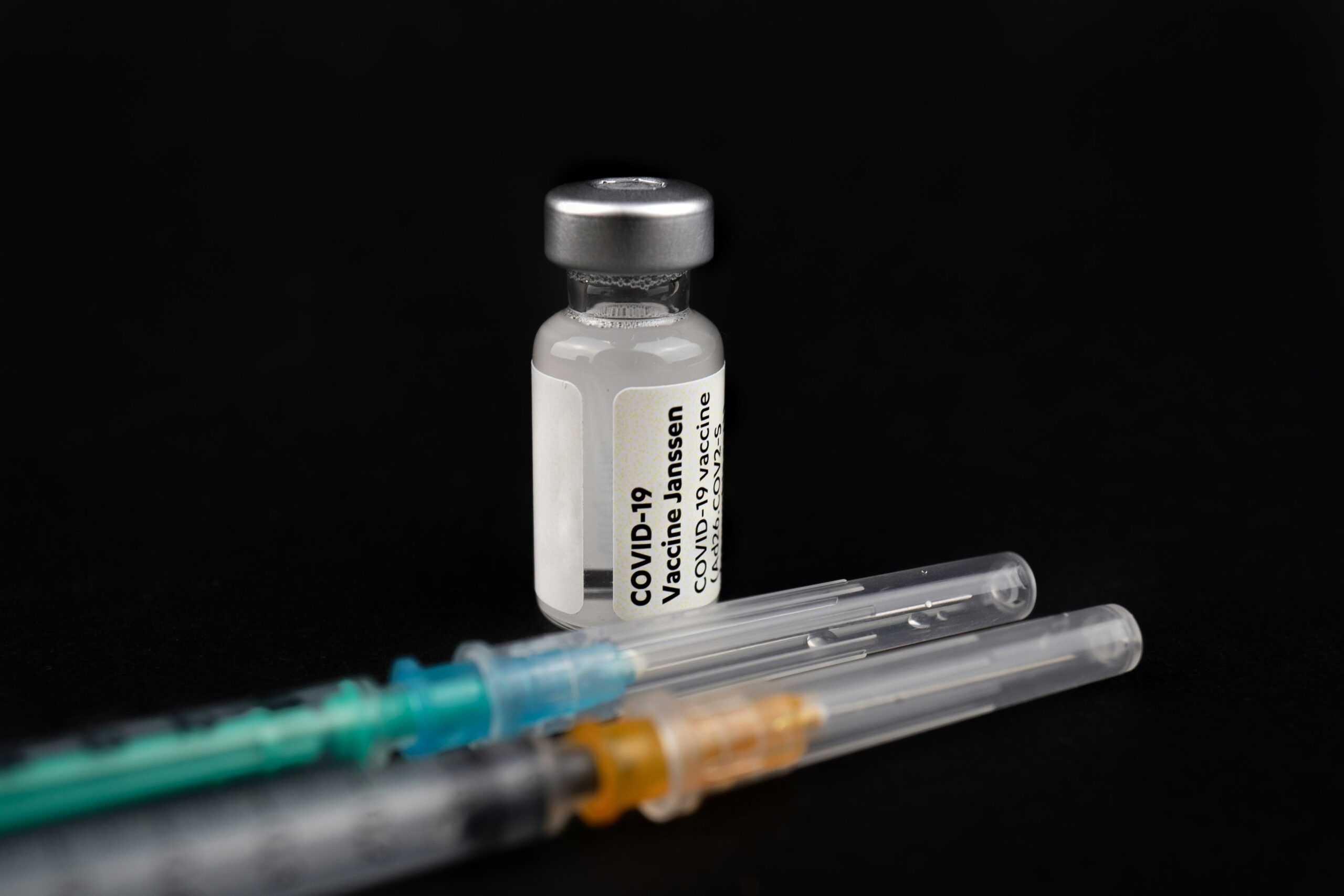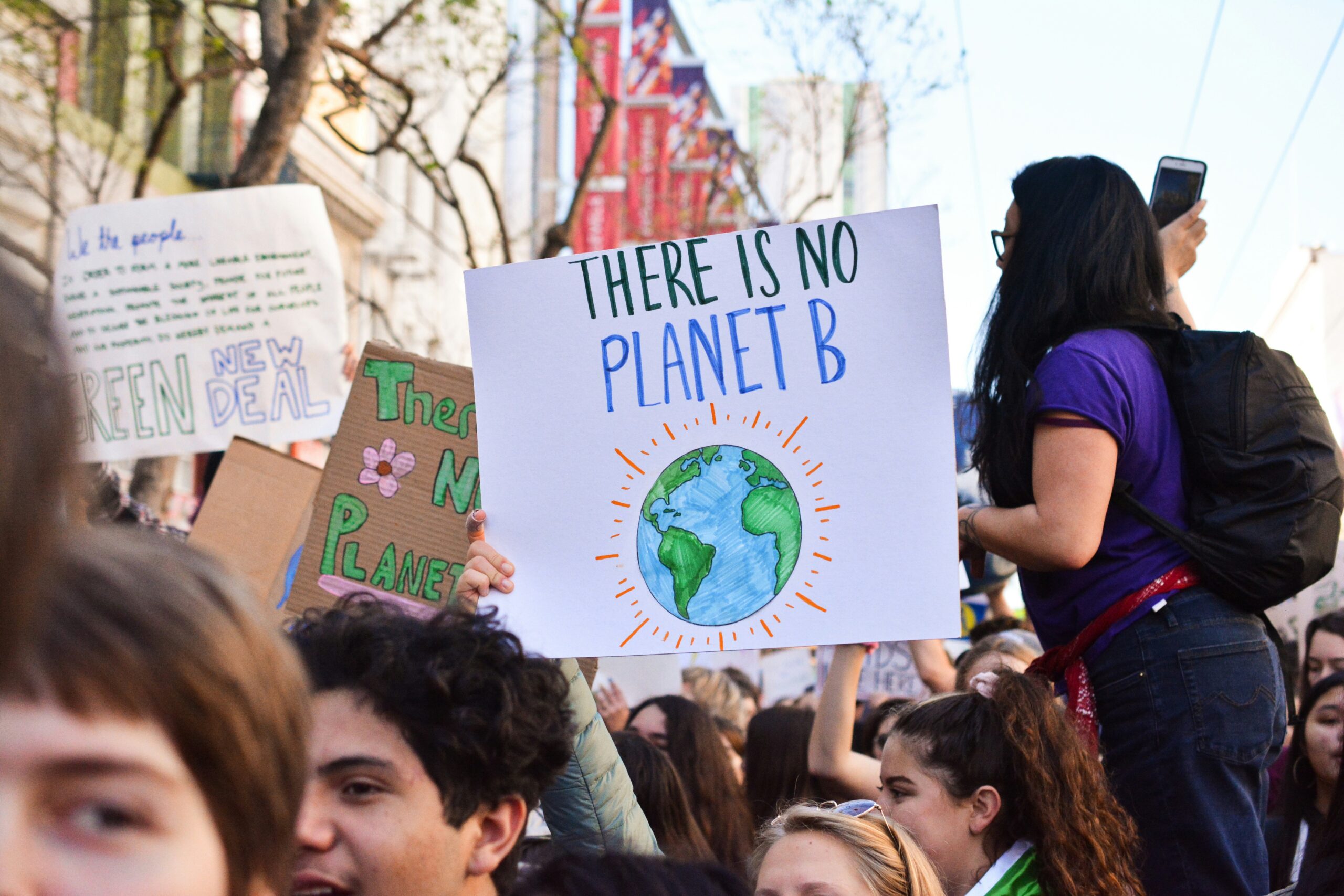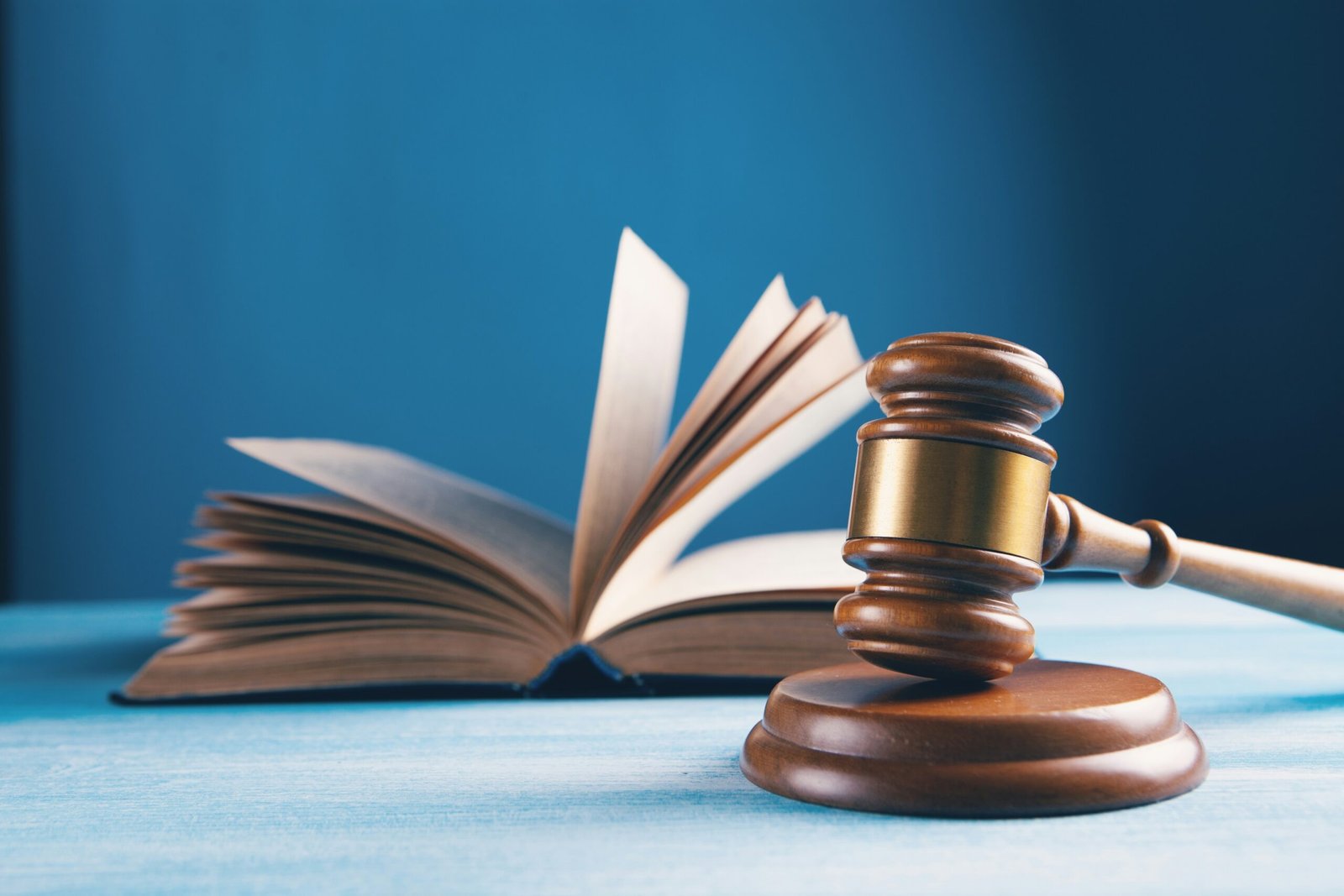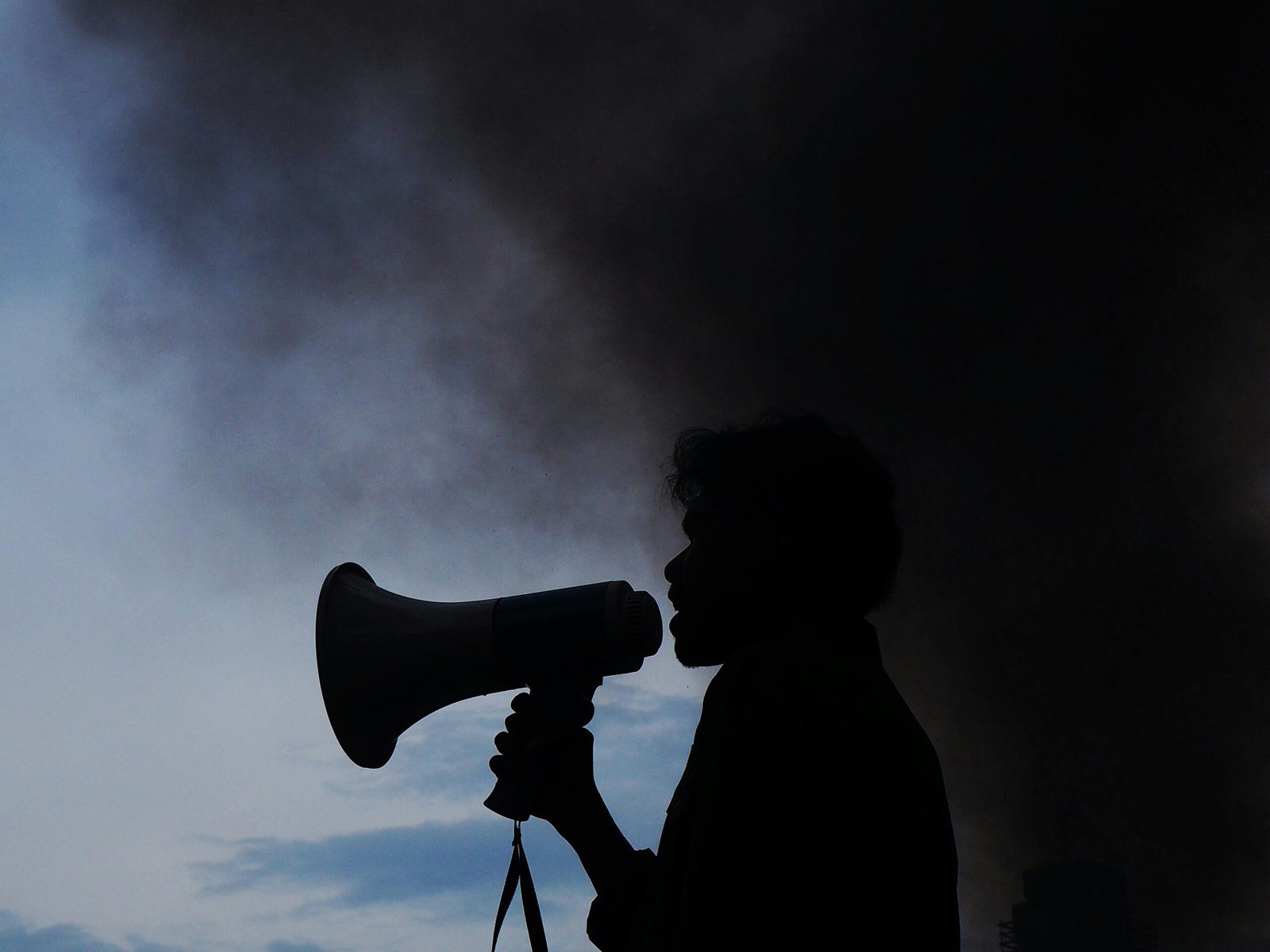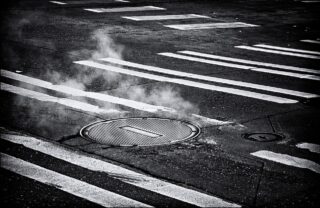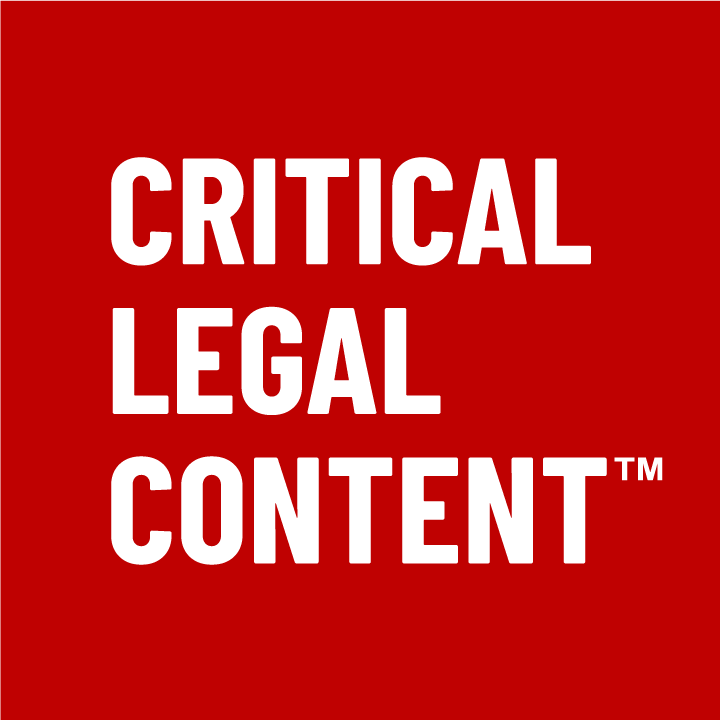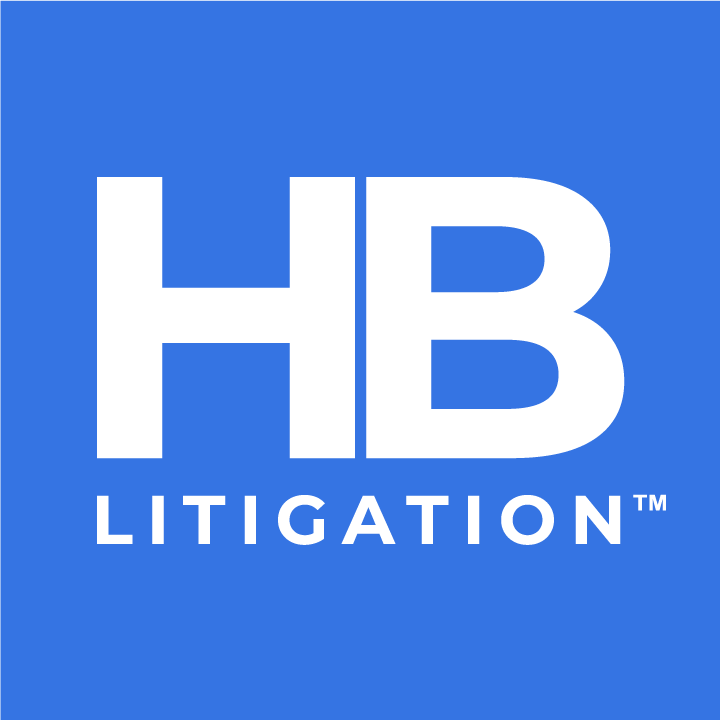Emerging Litigation Podcast
False Claims Act, Health Care Whistleblowers, and Whistling in the Wind with Justin Lugar
In this episode, we discuss How whistleblower cases come about, the benefits of rewarding whistleblowers, how things are done differently outside the U.S., what’s driving the acceleration of this area of law, and best practices when your company is served with guest Justin Lugar of WoodsRogers. Drawing on his background as both public servant and private practitioner, Justin walks through these issues and others.
President Biden’s Critical Infrastructure Cyber Memo and CrowdStrike’s Whoopsie Daisy with Elizabeth Burgin Waller
In this episode, we discuss our nation's critical infrastructure in the context of cybersecurity, addressing President Biden's recent National Security Memorandum on Critical Infrastructure Security and Resilience and its implications for sectors like energy, water, and transportation, with guest Elizabeth Burgin Waller of WoodsRogers. Beth also comments on a recent global system glitch that underscores the vulnerability of the networks behind many of our most critical services. We're talking CrowdStrike and Microsoft Windows.
Trademarks, Copyrights, Brands, T-Shirts, and Champagne with Tiffany Gehrke and Kelley Gordon
In this episode, we discuss three matters relevant to anyone watching copyright and trademark law, or anyone fond of branded t-shirts and fancy French beverages, with guests Tiffany Gehrke and Kelley Gordon, both Partners at Marshall, Gerstein & Borun LLP. Listen and learn more! Tom even (somewhat) learned how to say something in French. Mon dieu, people!
A Shameless Plug for Our Content Services
Your content marketing is everything you’ve ever dreamed of. Right?
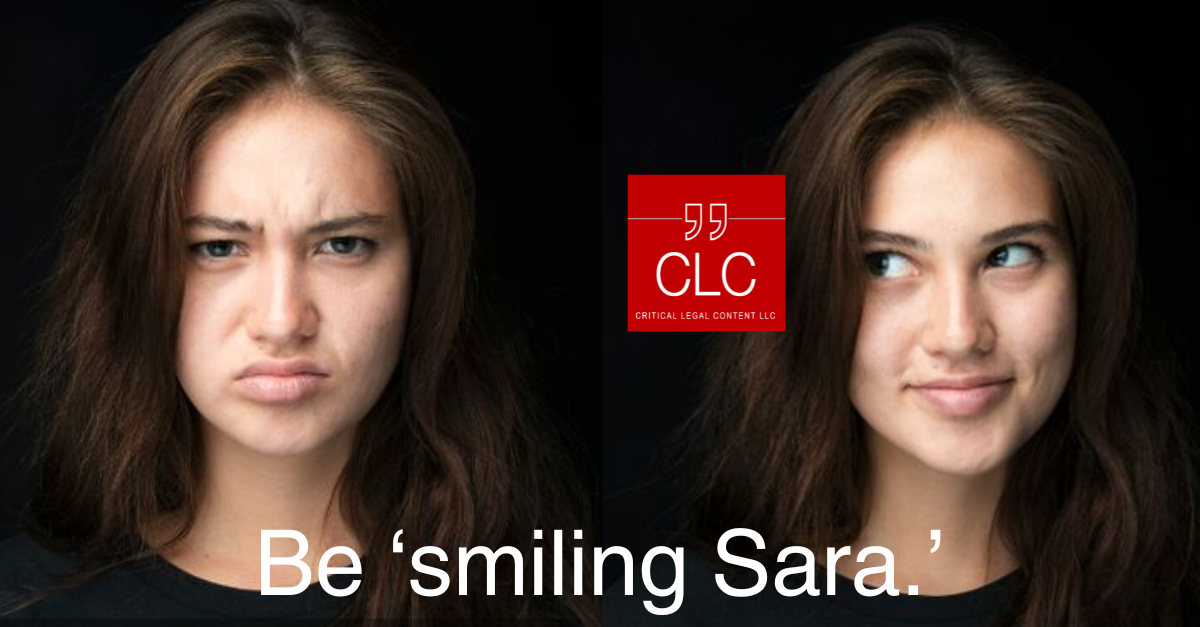
Critical Legal Content was founded by Tom Hagy, former Editor & Publisher of Mealey’s Litigation Reports and VP at LexisNexis, founder of HB, current litigation podcaster and editor-in-chief. CLC’s mission is to help smaller firms and service providers not only create content — blogs, articles, papers, webinars, podcasts (like the stuff on this site) — but also to get it out there. How? Via social media, this website, your website, and potential via our podcast and journal which we publish in collaboration with vLex Fastcase and Law Street Media. The goal is to attract readers and dizzy them with your brilliance.
*Inspired by actual events.
Create content like a real legal publisher.
Emerging Litigation Journal
AI tool that summarizes evidence from cracked phones wades into uncharted constitutional waters
As law enforcement agencies adopt cutting-edge AI to process digital evidence, constitutional questions are quickly coming into focus. Guest contributor Justin Ward explores how Cellebrite’s new AI-driven tool—capable of scanning and summarizing entire phone contents—may clash with Fourth Amendment protections. While the tech promises efficiency, civil rights advocates argue it opens the door to warrantless digital dragnets, with court interpretations varying widely across jurisdictions.
Valid Antitrust Concerns or Partisan Objectives: Which Will Guide Trump’s FTC?
Concerned that the spirit of retribution that drove executive orders against some of the nation's largest law firms will carry over to business deals, Tom Hagy writes about recent changes at the Federal Trade Commission and some of the comments from the new chair that suggest infusion of retribution into the process of examining business deals is inevitable.
AI tools may be the cause of the explosion in nuclear verdicts — and also the solution
Guest contributor Justin Ward discusses how artificial intelligence is both fueling and fighting the rise of “nuclear verdicts.” Plaintiff attorneys are using AI to identify high-damages cases, favorable jurisdictions, and winning arguments—driving a spike in verdicts over $10 million. At the same time, defense lawyers and insurers are adopting tools like NaVeL to spot high-risk cases early and craft smarter strategies. As AI reshapes legal practice, the very technology accelerating massive awards may also be the best hope for containing them.
HB Webinars on CeriFi LegalEdge
Property Insurance Coverage for Emerging Risk of Underground Climate Change
In this CLE webinar, Anderson Kill attorneys, Dennis J. Artese, Ethan Middlebrooks, and Thomas Dupont and professional engineer, Kenneth R. Quigley discuss permutations of policy language and state law that may affect coverage for damage caused by underground climate change, including how state law treats anti-concurrent causation clauses, whether “human-caused” exceptions to earth movement exclusions may apply to underground climate change, and whether “abrupt collapse” exceptions to exclusions for building collapse may apply when undetected structural damage triggered by underground climate change triggers collapse.
PFAS Litigation: Predicted Trends Given Regulatory Changes
Every week, the PFAS litigation and regulatory landscape changes dramatically. The EPA presses forward full steam ahead with numerous PFAS regulations, while the states have proposed hundreds of pieces of legislation related to PFAS in the last three years. Meanwhile, class action litigation, environmental pollution litigation, and greenwashing suits are being filed against companies at a dramatically increasing rate year after year. In this CLE webinar, CMBG3 Law attorney John Gardella discusses the latest on regulatory and litigation issues related to PFAS and how they will impact corporations.
The Medical Monitoring Tort Remedy
The medical monitoring tort remedy – allowing for medical monitoring without physical injury – is recognized in 14 states and not allowed in 23. The law is divided in two states while the rest have not specifically addressed the issue. States that allow medical monitoring to do so when a group of claimants is at increased risk of disease or injury due to exposure to a known hazardous substance or a dangerous product as the result of a defendant’s conduct. Under this tort remedy, claimants are tested periodically, for an agreed or decided period, usually between 10 and 40 years. In this CLE webinar, Gentle Turner & Benson LLC attorneys Edgar (“Ed”) C. Gentle III and Katherine (“Kip”) A. Benson discuss the evolution of the medical monitoring tort, related cases, tests to determine whether the tort should be applied, types of monitoring, and the arguments for an against medical monitoring.

